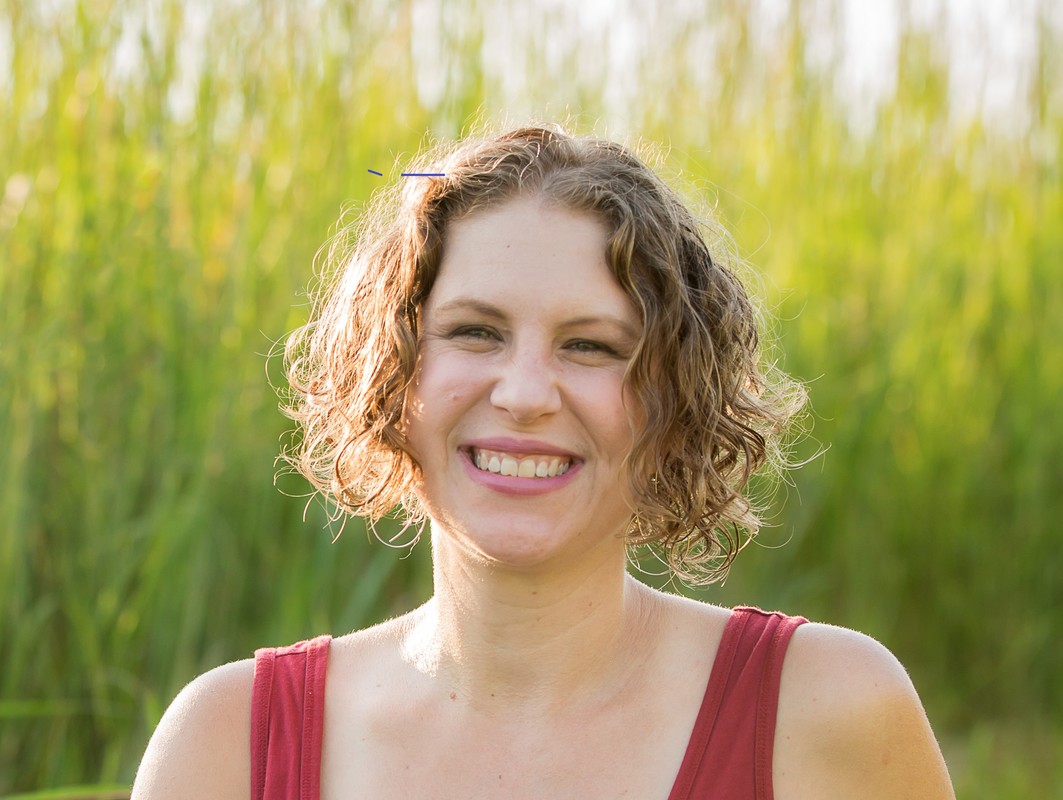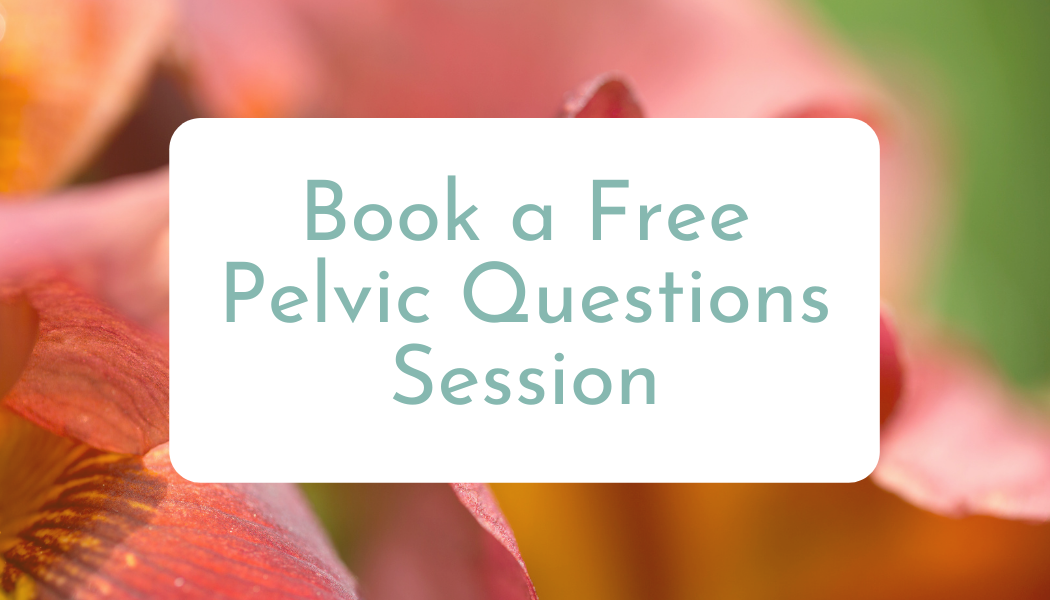Season 3 Episode 5 TranscriptMovement, mobility, flexibility, strength… these are all familiar words, but how do you know if you’ve got em’? And why should you care? The second question is easy- the way I see it, movement is medicine. And I mean that literally- I have some examples:
Now, as to whether you’ve got good movement- I have a pretty simple formula to determine where you fall on the mobility spectrum, because make no mistake, it IS a spectrum! The formula is this: Flexibility - Strength = Mobility Let’s dig into this. Don’t think of it like math class! This is a formula that’s about YOU, and how you work. So try to apply these pieces of the formula to yourself. Ready? Ok: First, mobility. Mobility is movement. This is what’s after the equals sign. This is what we’re trying to get to. Mobility is what lets you move confidently through your world. And it’s made up of a number of different factors, that pretty much are facets of either strength or flexibility. So, flexibility. Mobility (movement) requires flexibility of your muscles and tendons and ligaments. We don't always think of the connective tissue, the ligaments and tendons, when it comes to flexibility but they’re very much involved and important. When you’re not actively doing anything with a muscle, it’s called being “at rest”. When you contract the muscle, it shortens and moves a joint. This is called flexing. Then, when you’re done moving the muscle, it has to lengthen or extend to straighten the joint back out, which is actually done by an opposing muscle flexing the other direction- think biceps and triceps. One bends your elbow, the other straightens it. You can also open lots of joints past their resting length, which we call stretching. Ligaments and tendons need to be flexible as well. These are pieces of connective tissue, the white stuff on anatomy pictures, that connects muscles to bones, and bones to bones. It’s white because, unlike red muscles, it doesn’t get much blood flow. A healthy diet and good hydration are important to keep connective tissue lubricated and flexible, and flexible muscles allow for their proper movement too. All this ability of muscles and ligaments and tendons to lengthen is your flexibility. Sometimes, even lengthening TO their resting state can be a challenge if the muscles have been in a constant state of contraction. The muscles get stuck in a tight state because they’re not moving and exercising and being strong. Plus, the state of your muscles IS the state of your tendons, and the ligaments can get dry and brittle and stiff if there’s poor circulation happening in the joint because it’s not moving much. For example, do you have trouble walking barefoot? It could be because your calves and your feet have been contracted to help you balance against a shoe heel for your whole life, so you didn’t fall flat on your face! On the flip side, damage or injury can cause inflammation in connective tissue, and the swelling that comes with that can further inhibit flexibility. Not to mention, the lack of blood flow to connective tissue means it won’t heal quickly so these problems can linger. So improving your flexibility is a critical piece of mobility. The other piece of the formula is strength. Strength is the power you have to either move or hold a joint still against resistance. Again, think of the biceps and triceps, and imagine you’re a baker. Your biceps come into play when you, say, stir a batter with a big spoon. You use your triceps to push the elbows straight when you’re kneading bread. And when you pull a tray out of the oven, you tend to hold the elbows in a bent position and use your back and legs to stand up and then put it on the counter. I think most of us understand being strong. Here’s the kicker, though: strength and flexibility work against each other. This is why our formula is “Flexibility - Strength = Mobility The stronger you are, the less range of motion you will have around your joints. For one thing, this is because of the sheer mass of the muscle impeding the movement- the bulky muscle gets in the way of the movement. Also, the strength of the muscles pulls on the joints in both directions, so they can’t open or close as far. It’s like a swinging door- if the hinge is set too tight, they won’t swing as far or as easily. This means it’s entirely possible to be overly tight and lose mobility because you are too muscular. However, that’s not usually what happens! Very few people train and work their bodies to this point. What’s much more likely in our world is to lose strength from NOT moving as much as we should or could be. Then, what little muscle you have left hangs onto the joint as tight as possible for dear life, trying not to let the joint become unstable and fall apart. So lack of strength will lead to lack of mobility because of the tightness it causes around joints, and also because that tightness leads into decreased flexibility as well. It’s a vicious circle that gets balanced out when we incorporate THREE pieces into our daily movements, whether they’re traditional “exercise” or the normal life movements we already do frequently. And those 3 pieces, dearest listeners, are another topic for another episode. Tune in again to my Holistic Lifestyling show, and learn how to balance your strength and flexibility- next time. Listen Here
0 Comments
Season 3 Episode 1 Transcript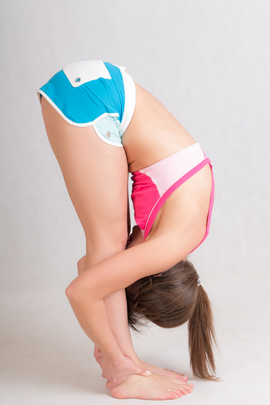 There seems to be a spectrum of hypermobility. At one end are people who are particularly flexible in one direction- something always stretches markedly better than the rest of them. This is the kind of thing that is often noticed in a yoga or pilates class, and it’s something that I’ve seen a lot over the years teaching reformer pilates. At the other end of the spectrum is a connective tissue disorder called Ehlers-Danlos Syndrome, or EDS. This is a fairly serious condition where your connective tissue, which is what holds you together, is weakened. This can cause all sorts of problems, and EDS is not the main focus of today’s episode, although what I’m going to talk about can help. For me, my hypermobility meant that I was actually very weak, muscularly. I’ll never forget, in my first reformer pilates instructor training over 15 years ago, our master trainer was excellent at encouraging us to adjust the resistance on our reformers during training because it was so exhausting over several days! So I was doing an upper body exercise on the absolute lightest spring our machines have, and she called the rest of the class over and asked me to continue. First she pointed out the little bitty spring that I was using, and then the obvious muscle strain happening around my shoulder joints (I was wearing a tank top so you could see everything). It was a lesson to not simply assume springloads for people, to actually observe them and make changes based on their form and effort. Because even though I was there to be an instructor, so I presumably should have been able to do everything at what’s considered a ‘normal springload’, my shoulders couldn’t handle it. So making that assumption for me would have been dangerous for my shoulders. For me, the whole experience showed me that while, for example, my shoulders could come out of their sockets on demand, I could also use the muscles around my joints to help hold them together if I had some more muscles around my joints! 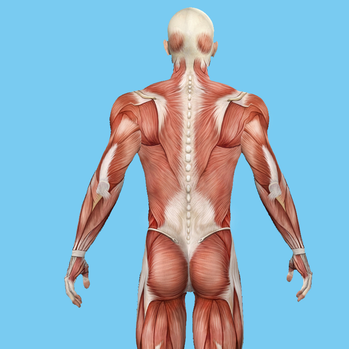 Hypermobility is seen from the outside as being extra flexible, but really it’s not about the muscles- it’s about the connective tissue (CT) being extra stretchy and/or weak. This is a problem because CT doesn’t heal well. When you look at an anatomy picture you’ll see the muscles in red, and you’ll also see white stuff which is the connective tissue. The best image for this is a picture of the back muscles, there’s a triangle of CT over the low back. It’s there to support your low back. The CT is white both on pictures and in person because it doesn’t get much blood flow. Therefore, it’s slow to heal and easy to re-damage. One of the types of CT are tendons, ligaments are another CT type, so when you do things like sprain an ankle you’re more likely to re-injure that ankle because it’s really hard to fully heal that. The other thing about hypermobility is that while you’re stretchy and loosey-goosey at your joints, SOMETHING has to hold you together! A lot of times, that something is the CT line that runs from the front of your pelvis up the front of your body to your neck and throat. This line can get really tense. A lot of hypermobile people have really strong pelvic floors, because that contraction of th epelvic floor muscles has always been part of keeping themselves vertical. It’s not necessarily supposed to be, but that’s how we’ve compensated. There's also sometimes intense tension in the jaw and front of the neck, which can be actual TMJ, or can share some of its symptoms. Personally, I have a depression, like a channel or an upside down ridge, between the 2 halves of my sternum, the breastbone, and now I think that was caused by this CT tension up the midline of my body while still having extra flexibility- that extra mobility- around my ribcage as a child. 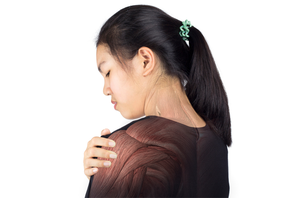 OK, but here’s why this matters. You might not have known you were hypermobile, or you thought you were but outside of party tricks like when I can dislocate my shoulders on demand you didn’t care much about it. But it does matter, because over time your movement patterns are affecting things like your joints, and how your bones get built, and even things like how your digestion and immune systems can function, because they are’ really made of a lot of CT. So there’s 2 main things you can do for yourself if you are hypermobile- you can strengthen around your joints, and you can align your movement patterns so the demands of moving through your day are evenly and safely distributed along those joints. When I say “strengthen around your joints” I mean something specific. Most of the time, when people say “strength training” they’re talking about the big muscle groups- biceps, quads and hamstrings, calves- those sorts of muscles that stick out from your skin and are aesthetically desirable and don’t have much to do with actually stabilizing your joints- they’re more ‘power’ muscles. They’re important, but they’re not the stabilizing muscles that I’m talking about. Your smaller muscles are the ones that are more responsible for your actual joint stability, and being small there’s 2 things that help them the most:
The second thing you can do takes awareness as well as consistency. Learning properly aligned movement patterns, ways to sit and stand and walk and hold yourself- takes some practice, but really what you’re doing is resetting your habits. These aligned patterns actually feel very comfortable and stable, so it’s not hard to learn them and to practice them and for them to become your new habits. But that is a different way to move than the usual “exercise” we’ve all experienced. All this to say that if you recognize hypermobility in yourself, there’s 2 ways I can help you. For one thing, you can keep following me. You’ll learn little bits, from these podcasts and from my freebies like the challenges that I run, and also from the First Steps mini courses I offer, and you can slowly incorporate into your life. Or you can directly work with me. I do take 1:1 clients, and right now as this episode is published the doors are open for my Foot to Forehead Fix, a small group version of my private coaching. Check out PaulasHerbals.com to learn more and to get started! Listen to the Episode Here
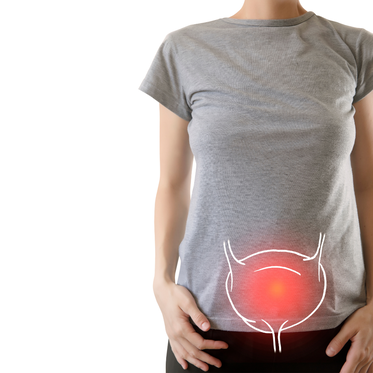 First, the background is that many of my new Pelvic Floor (PF) clients are new to the issues they’re now dealing with, but when we take a slightly closer look it’s clear that they’re really not “NEW”. Lots of us have been pretty borderline with regards to PF problems, and have been managing to get by until this year. This is what ‘borderline’ PF problems might have looked like pre-pandemic:
And now we've been sitting exponentially more this year, plus many people have done this without much planning and finding that the home office setups aren’t as ergonomic as the in-office ones. This is what I’m seeing more and more lately:
 Yes, I teach a pelvic health program. But I’m not just talking about this phenomenon because I’m taking new clients. I’m talking about this so that you realize- YOU DON’T HAVE TO LIVE WITH THESE ISSUES And I might not be the right person for you- I get that. You might be better served by a different pelvic floor coach, or an acupuncturist, or a pelvic floor physical therapist, or medication, or different combos of these. There is no single answer for everyone and you’re not only allowed to assemble your own wellness team, you’re actually responsible for doing that. Whether or not you specifically work with me is not as important to me as you getting the help you need. Yes, I’m running a business and would like more clients. But I’m running this business because I can’t not help people feel better, this is what I have to do. So let me know if you’re experiencing any of the issues I’m seeing, and let’s talk about how to reverse them. I can help refer you to other practitioners, or talk about my private and small group programs if you like how I teach. But let’s stop your living with these issues, OK? What's the easiest Next Step(tm)? Join my free 5 day Walk This Way Challenge! 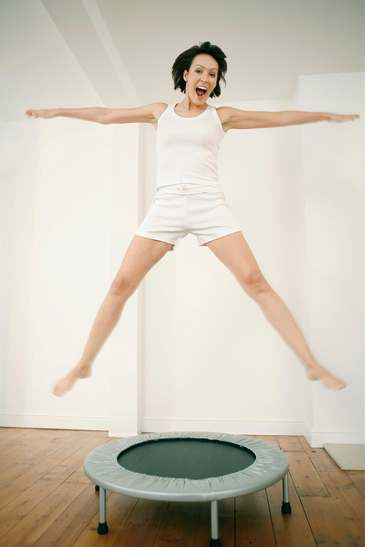 Recently I was asked, "Are there particular herbs or remedies that you’d suggest for clients with pelvic floor dysfunction?" Well, yes and no. This is a classic answer, I know! One of the things I’m on a mission to teach is that plants weren’t invented for our illnesses, so having that expectation of “what’s a good herb for…” doesn't really translate into actual improvements in our health. Because as a general rule plants don’t really care what our problems are! Right?! They're out there, living their lives, making chemical compounds to attract pollinators and defend against pests and foragers, and generally not too concerned with the bipeds sharing their planet. They're not trying to help us, regardless of how much we want to use them to our ends. Having said that, there are some herbs that can help us in some more specific ways. It turns out that lots and lots of plants do interact with us chemically in ways that are beneficial to our health! Just not always, or in expected ways, or precise amounts, so take your time trying out plants as medicine. 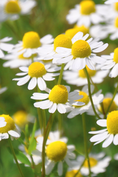 Let me give you an example. Chamomile is one of my favorites, and it plays a great dual role here. First, Chamomile helps relax muscles, especially in the lower abdomen. The sweet apple fragrance of chamomile comes from its essential oils, so making a tea of good quality whole dried flowers, or fresh if you can get them is even better, will help relieve abdominal, menstrual, and pelvic floor muscle cramping. Then, when you let the chamomile sit in the water 20 minutes, an hour, overnight, it gets darker and more complex and bitter, and now your chamomile tea has become a digestive aid. This is also really helpful in PFD b/c constipation can increase pressure and all sorts of things so having a healthy, well functioning digestive system is really important. 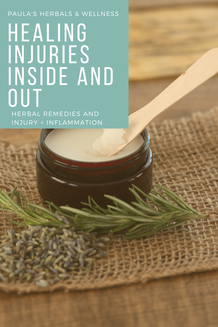 There are also some other plants that can help with PFD symptoms- If you're experiencing irritation, like maybe cystitis, soothing things can help, like:
Astringent aka toning things might help too, like:
Choosing between them is often a matter of self-knowledge and trusting intuition. Does it feel dry, like it needs soothing? Or feel boggy, like there's too much fluid and it needs toning? These herbs are great as teas, especially since these kinds of internal PFD conditions are often helped with more fluid diluting urine. Curious about the soothing suggestion? Yes, you can add Oats to tea! You can also just eat them, well cooked and thick. Also, here's a SUPER tasty and really easy experiment:
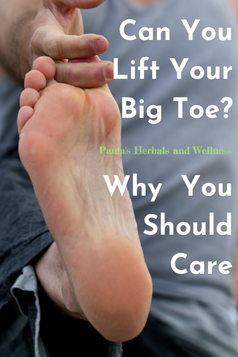 Prolapse is a biggie in the Pelvic Floor Dysfunction world, affecting the muscular organs of the lower abdomen as well as the connective tissues that should be supporting them. Again toning herbs like Raspberry leaf or Rose would help, again as a tea. I can find Raspberry leaf tea bags in most of my local grocery and health food stores, and there are lovely tea blends with Rose in them, like Tulsi Rose or White Tea Rose. My suggestion is to look for organic brands (both because of the quality of the tea and also what the tea bag itself is made of) and to check the expiration date to make sure the box hasn't been sitting there too long. Additionally, Solomon’s Seal is a root medicine that’s really helpful with repairing connective tissue. You can purchase the chopped dried root to use as a tea ingredient, or you can find it infused in oil to use as an abdominal massage. I also have a delicious alcohol-based tincture of Solomon's Seal that I use a few drops of when my joints are feeling too loose (I'm a bit hypermobile) and this could be taken orally or massaged into the abdomen as well. 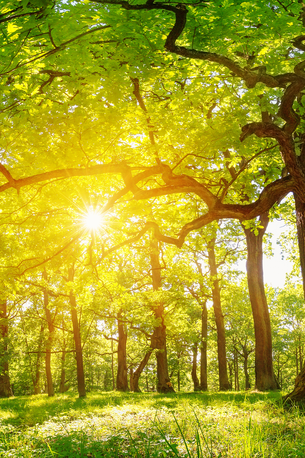 Remember, though, plants weren't invented for us and so it doesn't work to just "use" them for our benefit. For example, before just walking into a health food store and announcing to the confused staff, "An herbalist on the internet says I need Solomon's Seal for my prolapse!," or buying a case of Raspberry leaf tea and starting a quart-a-day discipline, I might suggest a gentler course of action. Avail yourself of the internet and do a local search for herbalists. Reach out to them and say you're interested in learning more about [enter plant here] and do they grow/sell it, or know anyone who does? Try to talk to an herbal practitioner face to face (or zoom to zoom, as the case may be) (yes I do consultations). Learn what the plant looks like, and try to recognize it if you walk in parks or gardens. Order some dried plant from a bigger supplier like Herbiary or Mountain Rose if you can't find it locally. Chew on a few pieces for a while. Make it into tea (roots need to steep overnight or simmer at least an hour). Drink some tea, then add the rest to a bath. Pay attention to how it feels, comparing it to plants you're used to feeling like Coffee, Peppermint, Chamomile, Onions, Strawberries... you get the picture. You're learning if you and this plant get along, and this isn't anything like watching out for side effects from medications, is it? No one person- friend, therapist, chef, author, actor, boss, etc- is perfect for everyone. No one herb is either. So give it a little time, get to know it, before you decided if it "works for you." Have you ever spent time trying to get to know a plant?  Have you ever really stopped to think about just how complex and mind-boggling you are? Well, I've been thinking about it. And I've been thinking about how many descriptions and metaphors I've used in the last 15 years or so to try and describe our selves to my clients. It's time to make a series out of those descriptions. Everyone is different, yes, but we're all very similar too. And our bodies tend to move (or not) in familiar (at least to me) ways. The more you can understand about these functional, "physiology" ideas, the more you'll understand the deep, intertwined connections you have- why your breathing is connected to your digestion and your knee pain and your hearing and vision, for example. This leads you down the rosy path of "the foot bone is connected to so much more than the ankle bone" as one of my teachers Claire Mockridge says. Why do you care? Living with ease and grace means avoiding strain and overwhelm, and since we tend to be so much more familiar with the latter, the former takes deliberate awareness. Hence, this series happening about monthly, where I'll start introducing you to your own self! Deliberately, cheekily, colorfully, and clearly. Coming up first:
 The foundation of the training you'll get from me is from the Your Pelvic Matters program, a pelvic floor rehab system that works with alignment, strengthening, and stretching to improve pelvic floor dysfunction (PFD). Spoiler alert- MOST of us have SOME kind of PFD, at least sometimes. In my full body approach, I work with people who deal with:
Oh, this sounds like you? And you want to fix it? OK! Here's a list. In a nutshell, you need to:
And, there you have it! That's quite an extensive list as you can see, but if you've ever asked me a question along the lines of: "What exercises are good for....?" I rarely if ever answer it by listing my "go to" exercises, because I look at the body as a whole unit, and just sending you away with 4 movements to do in isolation isn't going to relieve your symptoms. You've got to take some responsibility for your pain and actions going forwards too, you see. If you're concerned that any symptom you're suffering with is not going away, it's probably time to get in touch with me, don't you think? I teach 1:1 clients all the time, and next month the next round of my semi-private program the Foot to Forehead Fix opens again.  It's a frequently asked question: But aren’t you an herbalist? Or are you a movement teacher? My philosophy is simple- if it helps you be well, it’s fair game to include in my whole body approach to wellness. Boom. Lymph is a super simple example (this is all the body fluid that’s not actively in your blood right now. It’s in and in between cells, and in lymph vessels and nodes, washing away waste products like old cells and dead bacteria. But the lymph system doesn’t have a pump like the heart in the circulatory system, it relies on the body moving for it to move.) Lymph can be supported materially by:
It can also be supported manually by:
My practice integrates the manual and the material- I’ll teach you to move, stand, and sit right AND how to support your body from the inside. It’s a whole body approach that’s really, actually holistic- inside and out, physical and herbal, consistent and persistent. Check out my services here and get to work with me to feel better yourself 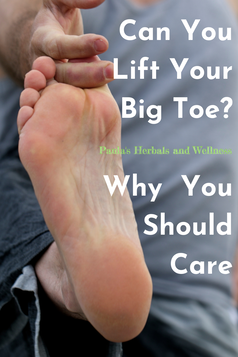 Can you lift your big toe- without using your hands? Why should you care? This is important because tension in your feet is a good indicator of also having tension in your pelvic floor, neither of which is good for us. In my experience, almost all of the aches and pains we deal with are somehow connected to the hips and pelvis. A healthy pelvic region requires a balance of strength and mobility, and VERY often the clients I see don’t have either of these. Simply put, your pelvic floor is the very foundation of how you move- and how you feel when you move. Not having good strength and mobility makes for a messy chain reaction up and down the body, and this is why I’m always working with clients on the feet from day 1, regardless of what else we’re also working on.  Here’s the fun thing about this connection: the nerves that come out of your spine to innervate your pelvic floor are the same ones that go to your feet! So while it can be difficult to know exactly what is happening in your PF, we can easily see what’s going on in your feet- just take off your shoes and look. Feet give us some information about the PF. If you have enough muscular control to lift your big toe, or even (gasp!) to WAVE all your toes, then you probably have good muscle tone in your PF. On the other hand, if you can’t move your toes independently, then you probably don’t have good control over the PF either. Not only is it simple to begin improving your foot mobility, I recommend you KEEP it simple both because the feet are complex, and because they're used so much in our daily lives. You want to make sure the work you're doing is gentle so it doesn't cause any inflammation or discomfort that can lead to other problems. Start HereStretch your toes by lacing your fingers between them, and by bending them backwards and forwards. Roll a ball under the sole of your foot to start loosening up structures. This can be a tennis or lacrosse ball, a textured ball, or even a rolled up pair of socks.
P.S.- You’ll probably also see some other improvements up and down the chain too. Everything’s connected, after all.
P.P.S.- Want some extra help? I can do that! Sign up for a private session with me. 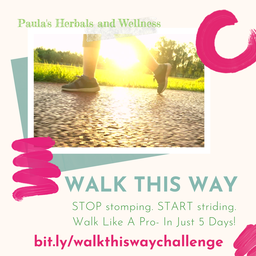 Why am I doing this? Well, I've been hearing from a lot of people that they've been out walking since their gyms and such shut down, but it's not working out so well all the time. Basically what we've done is taken to the sidewalks and park trails the same way we would take off for the printer or the doorbell- hunched, tight, asymmetric, and unaware. Have you also taken to the sidewalks and parks since Coronavirus, using your couch-to-bathroom gait? Are you finding yourself sore, achy, tight, stiff, and uneven? Learn to walk better with me! Walk This Way is a 5 day video challenge, with daily emails to your practices, an online community sharing the #walkthiswaychallenge all over the socials, and the best part: daily worksheets done in my exclusive Graceful Stick Figures style! Ok, I'm not an artist. But you'll "get the picture". (See what I did there??) Each day of the challenge will feature a short, 5-8 minute video with yours truly teaching you a small, easily accessible movement or stretch. We'll wake up your hamstrings, mobilize your feet and hips, realign your neck, and more- all with simple lessons + herbal supports (since you might feel tired and sore- the good kind!) Are you ready to walk like a pro? Click here to sign up: bit.ly/walkthiswaychallenge Calling All Walkers! (Hey that’s funny because my friend’s last name is Walker and that’s not what I meant but Hi!!) By Walkers, I’m really referring to allllll the people who have discovered or doubled down on walking outside as their movement of choice during our Covid shutdowns. Hi everyone! Thanks for inviting me here today. How’s the walking going? At this stage of the meeting we’d share highlights of our favorite routes- seeing trees flower and leaf out all spring, making friends with squirrels and cardinals and in one case a neighborhood llama, discovering magical hidden forest paths and evil poison ivy. (I know it’s not the poison ivy’s fault, it’s just trying to not get eaten, but it does SUCH a good job…shudder) And now we get to the heart of this discussion. How’s the actual walking going? How are your feet, your ankles, your shins, your hamstrings, your hips? How about the low back, shoulders, and neck? Any soreness, tension, unevenness, inflammation, or pain? Mmm, yes, I thought there might be. And yes, I have some ideas for you. But my first one, the baseline suggestion if you will, isn’t going to be as sexy as you might like. Here it is: Pay Attention.  Now, I know you already are paying attention. To your podcasts, to your step count, to your mileage tracker, to your max heart rate percentage number thingy. I’m asking you to pay attention to something even more important- you.
I know- we’re so used to the outside stimulation of our earbuds and our trackers and even our walking partners, and what I’m describing here is essentially a walking meditation. Getting quiet and paying attention to the internal outputs, instead of the external inputs. This is challenging. But try it. Pick a section of your regular route to pause your phone. Spend a few minutes in quiet between songs or episodes. Investigate one new sensation or observation each time you go out. Or. And. Here’s a bigger shift you can try- wear thinner shoes, and see how that feels. Get your individual foot structures moving more. Explore texture, changing surfaces, temperatures, angles and slopes, starting with the pads of your toes. 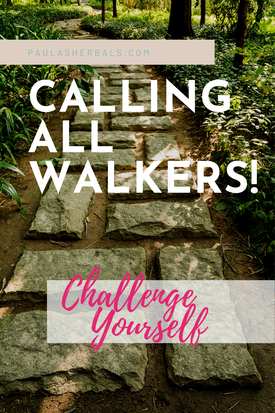 Here’s a list my Pilates clients can say along with me: There are
At least a few of them have been napping on the job, so take it easy- they’ll wake up grumpy, but waking them up is important. Strength, balance, endurance, all come down to your feet. Yes, there are lots of particulars that we can talk about with regard to things like a posterior push off, pelvic tilts, even breathing work, all in pursuit of improving your walking mechanics and thus your whole self. We’ll get to them. But first, we need to know that you’ll even notice those mechanical changes. Let’s see how much you can build your “proprioception”- your sense of yourself moving through space. I challenge you to go for a walk with more attention on your moving body, in thinner shoes, on different surfaces, and see how it feels to you. Comment below or use the #walkthiswaychallenge hashtag to show me something you did differently in your walk today. Don’t miss any of my fitness, wellness, or herbal tips and info- sign up for my email list too! |
Fun Fact: I'm an herbalist and a movement coach. Not a doctor, or a pharmacist, and not pretending to be one on TV.
This is a public space, so my writing reflects my experiences and I try to stay general enough so it might relate to you. This does not constitute medical advice, and I encourage you to discuss concerns with your doctor. Remember, however, that the final say in your wellness decisions are always yours- you have the power to choose, you are the boss of you. And, some of my posts may contain affiliate links. If you make a purchase through them I'll earn a few cents. Thank you for supporting my work. This website is provided for educational and informational purposes only and is not medical, mental health or healthcare advice. The information presented here is not intended to diagnose, treat, heal, cure or prevent any illness, medical condition or mental or emotional condition. Working with us is not a guarantee of any results. Paula Billig owns all copyrights to the materials presented here unless otherwise noted. Categories
All
Archives
July 2021
|
|
info @paulaswellness.com |
DisclaimerThis website is provided for educational and informational purposes only and is not medical, mental health or healthcare advice. The information presented here is not intended to diagnose, treat, heal, cure or prevent any illness, medical condition or mental or emotional condition. Working with us is not a guarantee of any results. Paula Billig owns all copyrights to the materials presented here unless otherwise noted. |

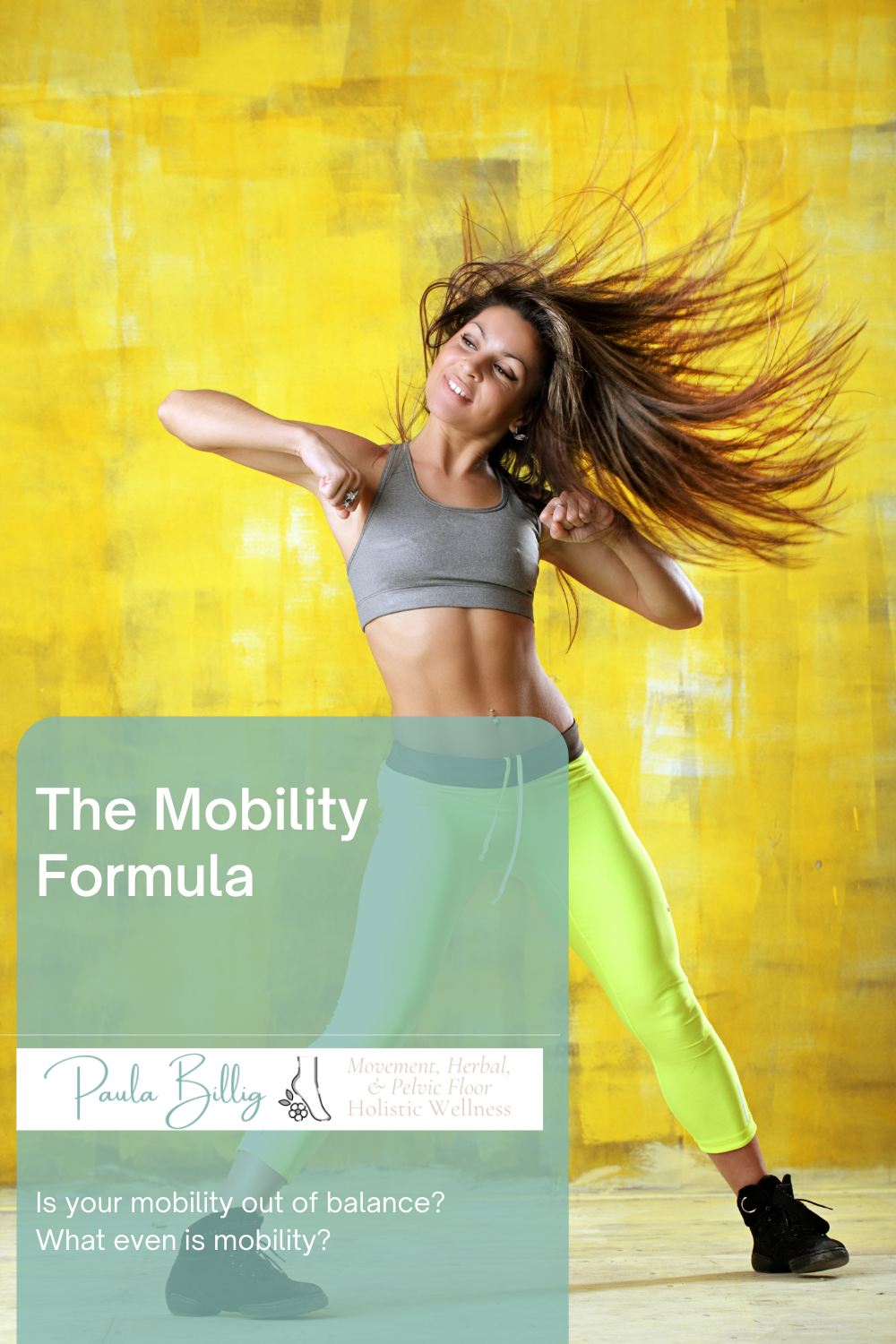
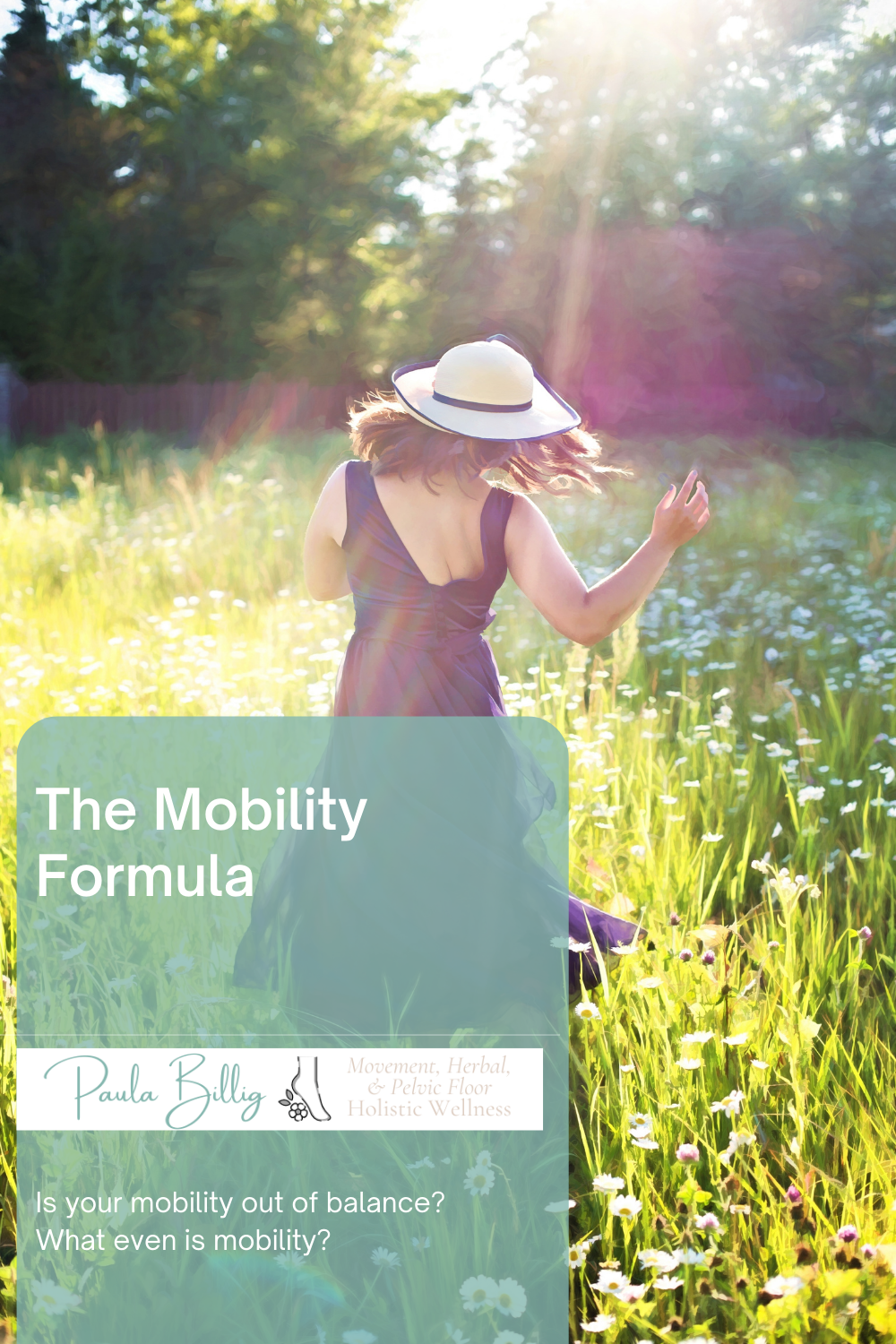
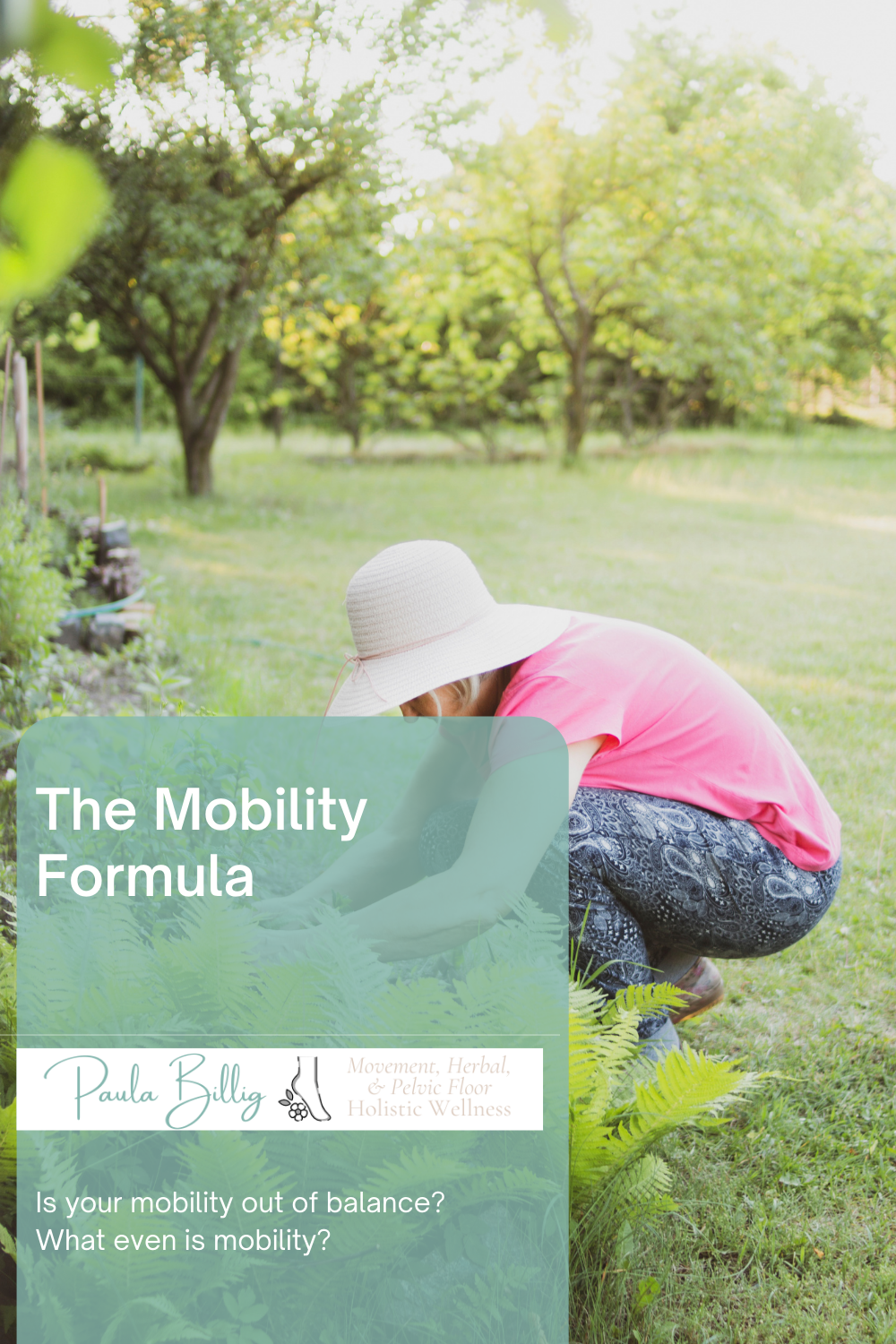
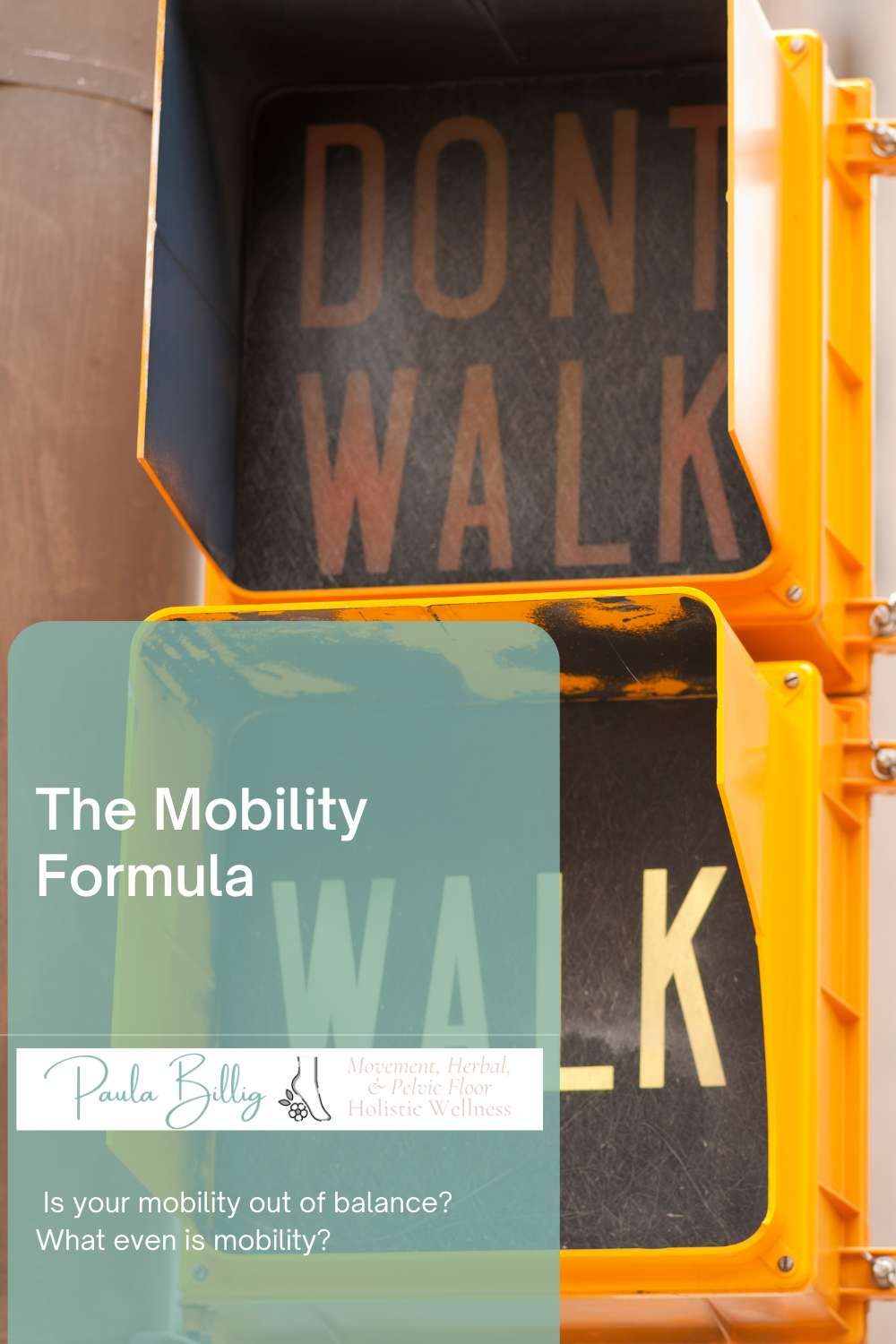
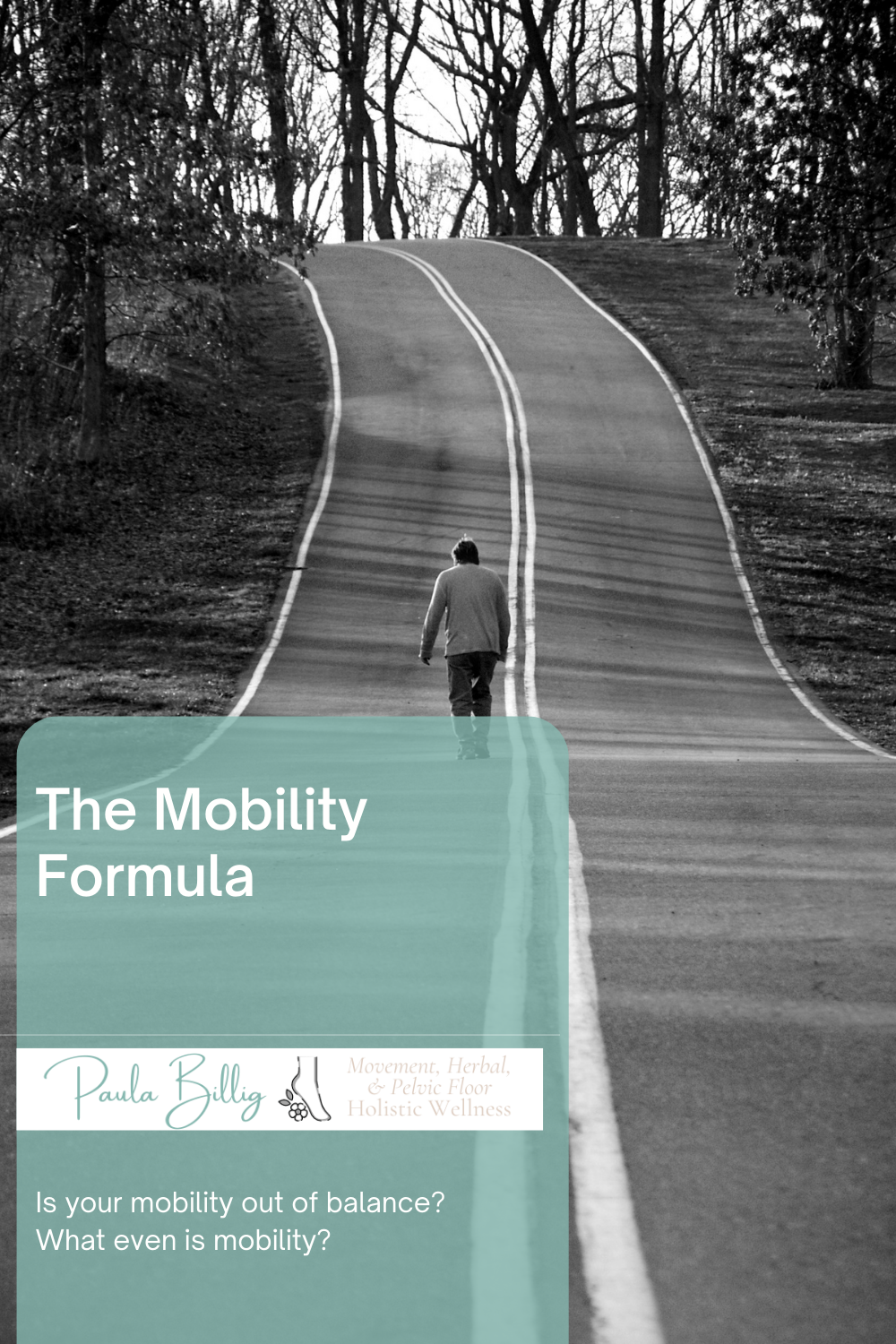
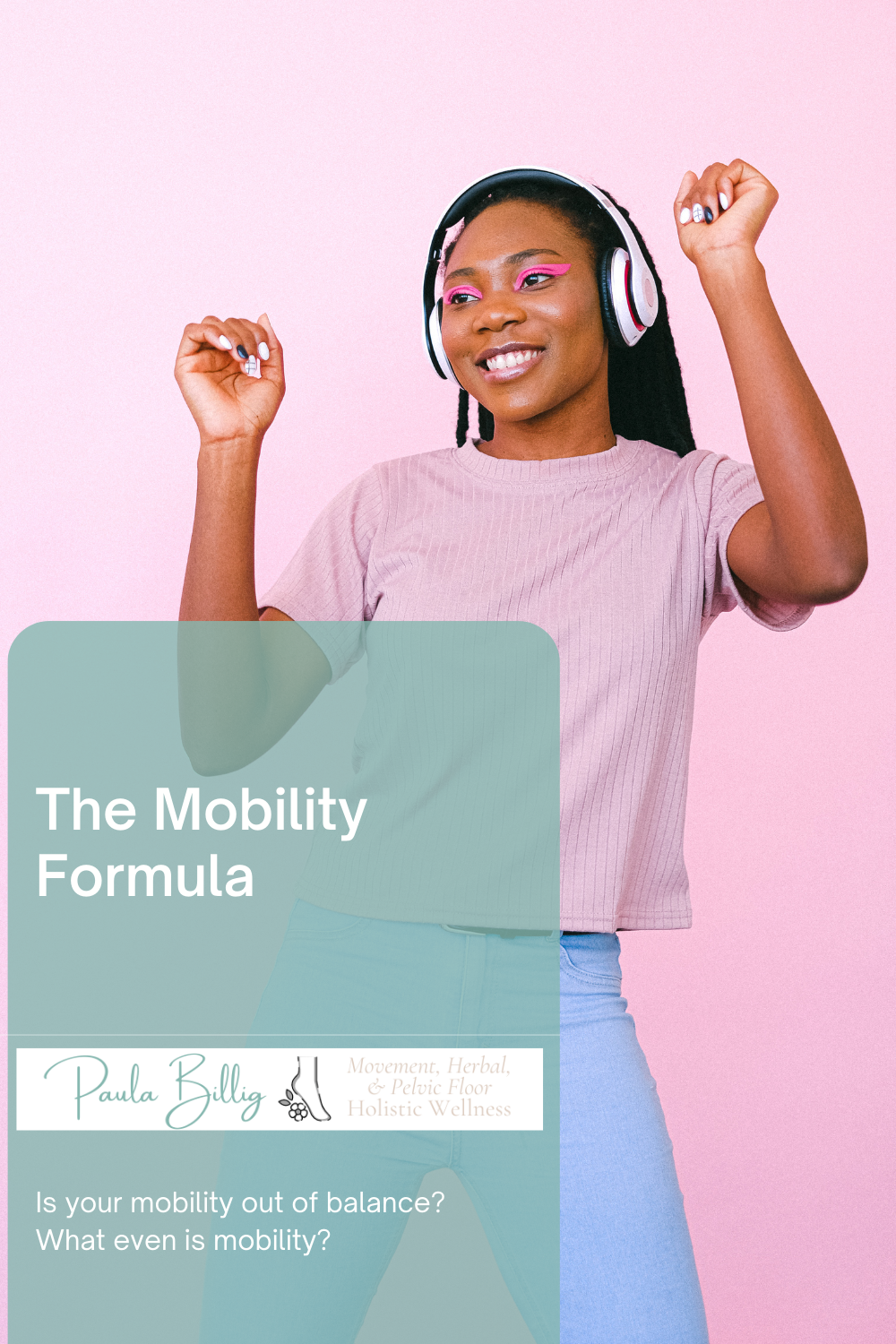
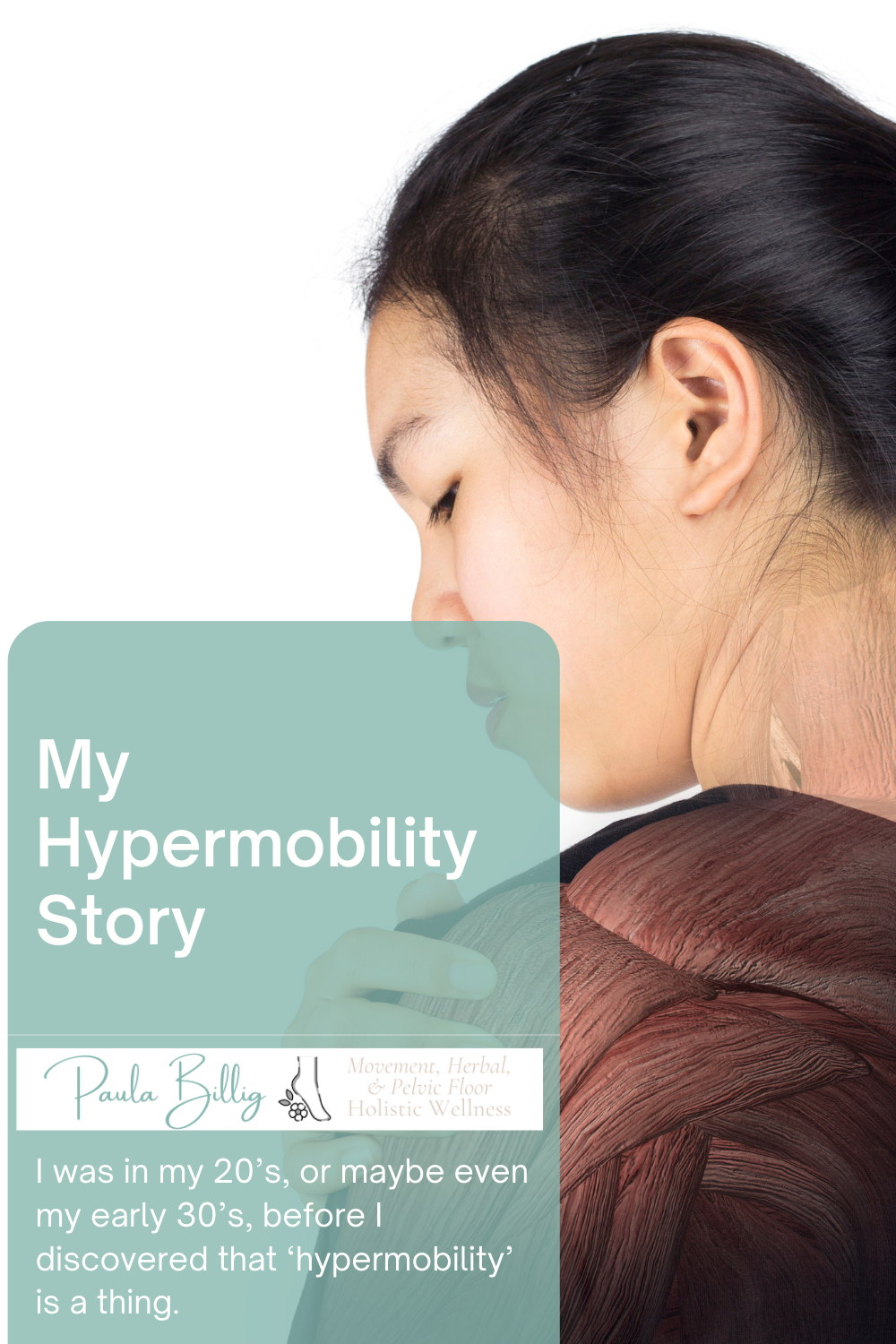
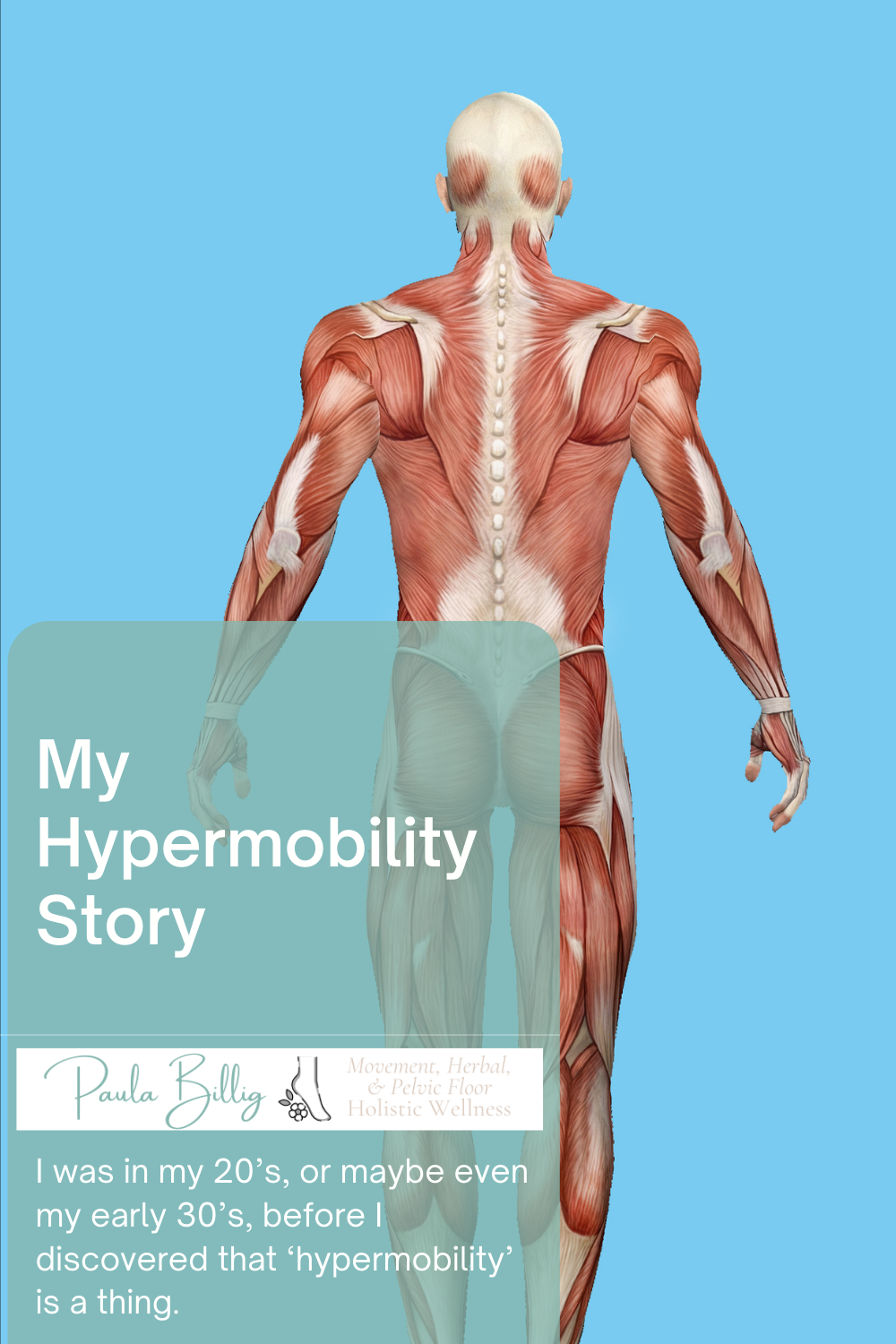
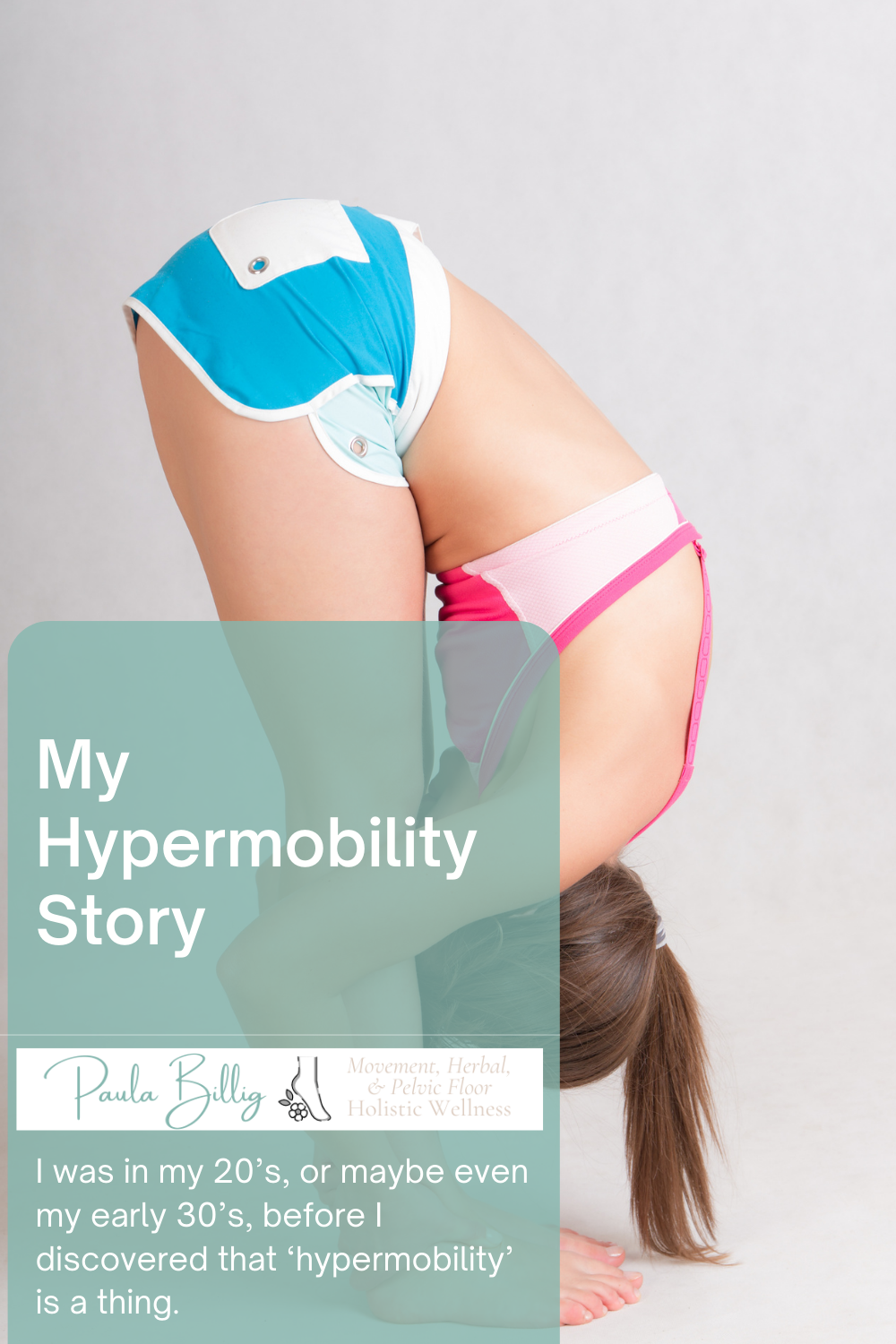
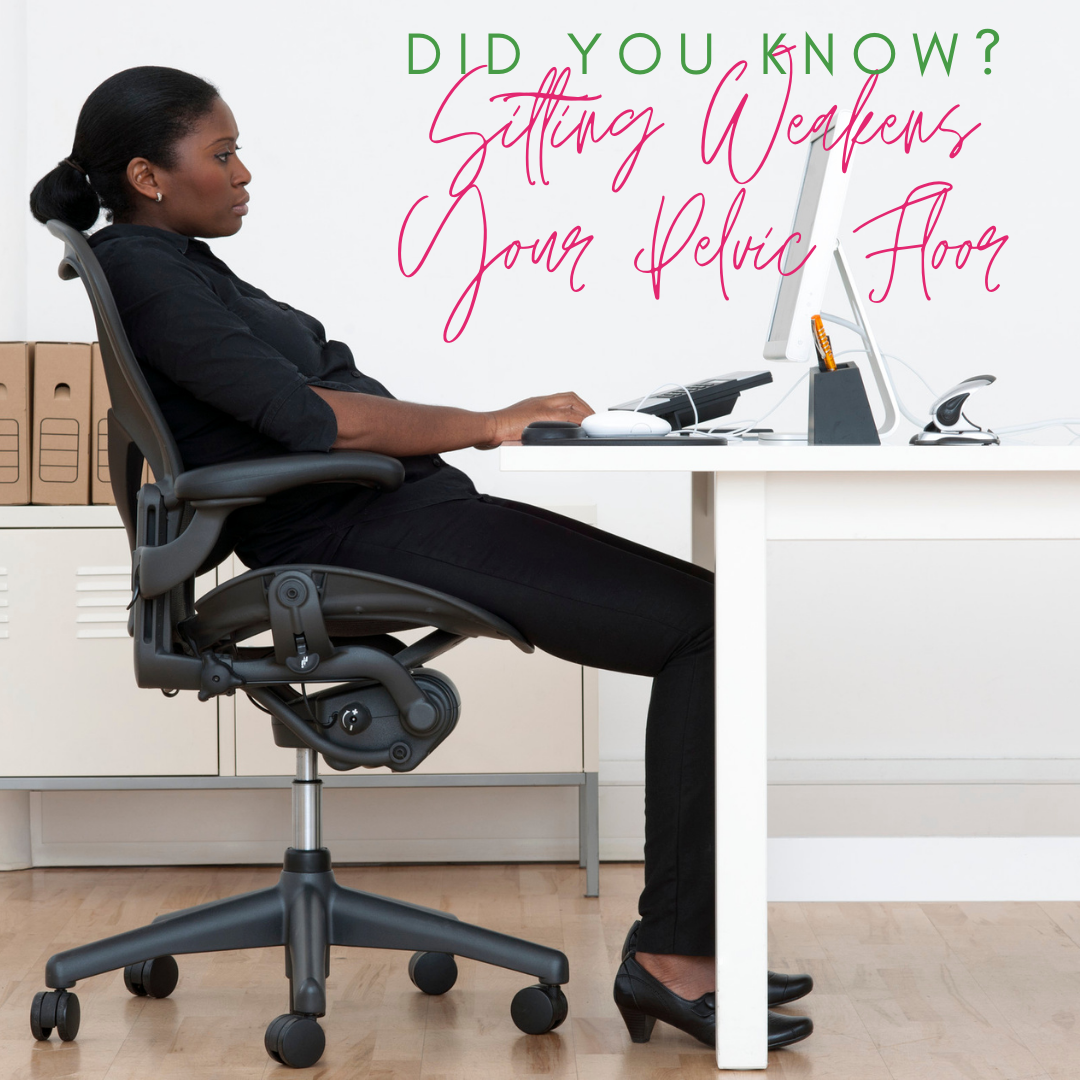





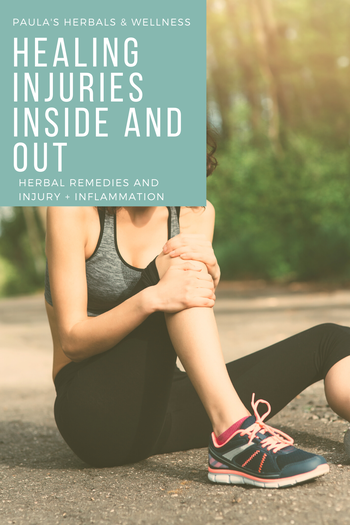
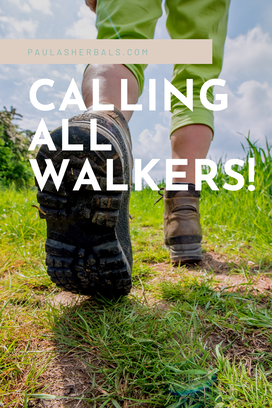
 RSS Feed
RSS Feed
